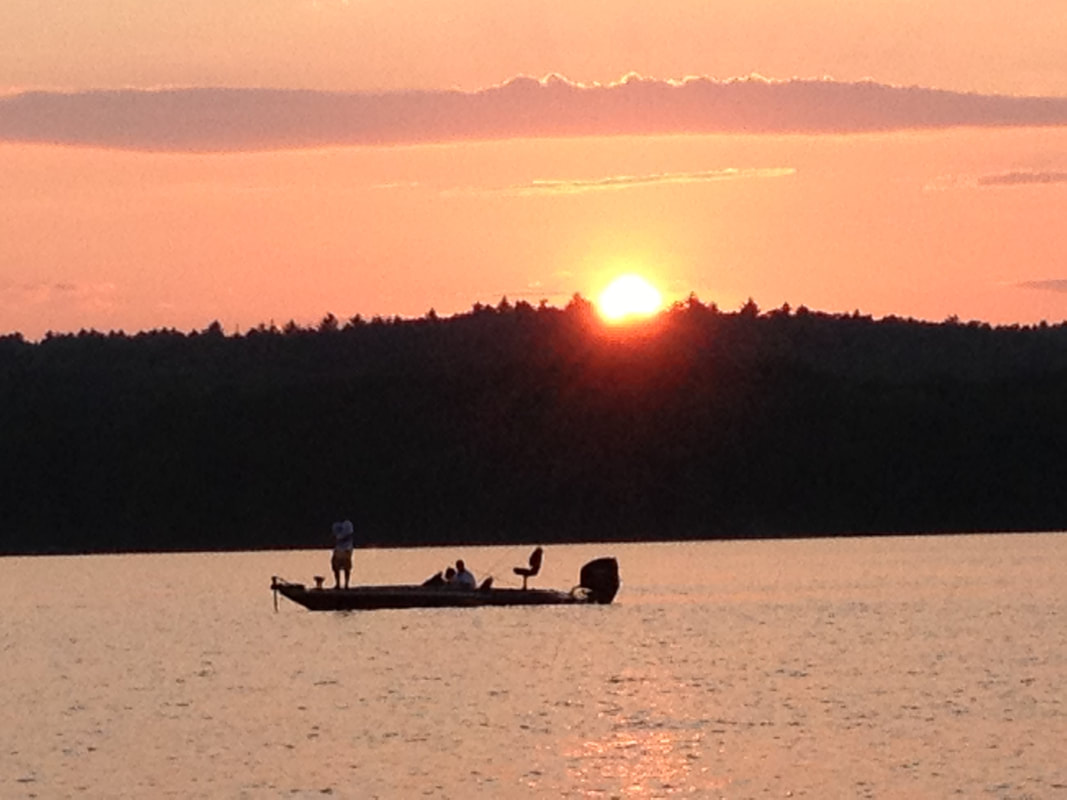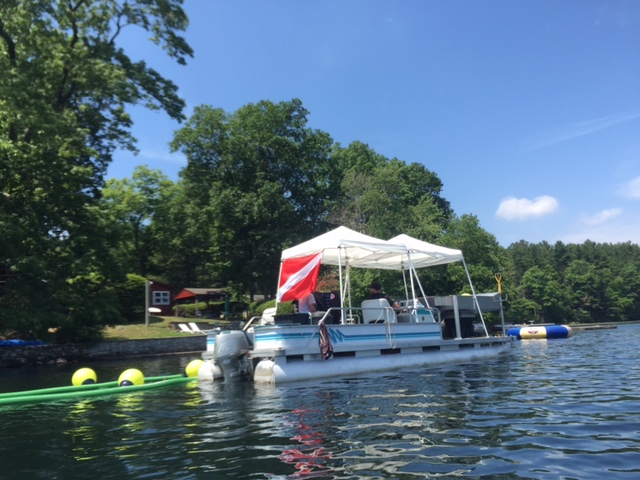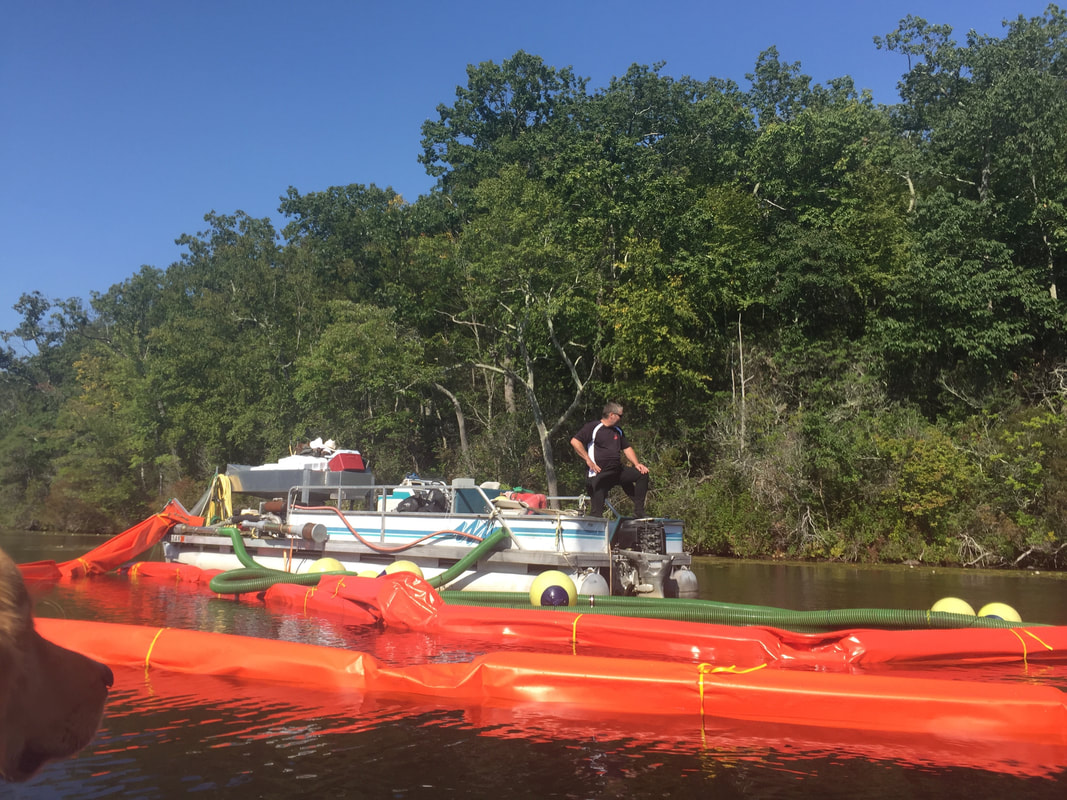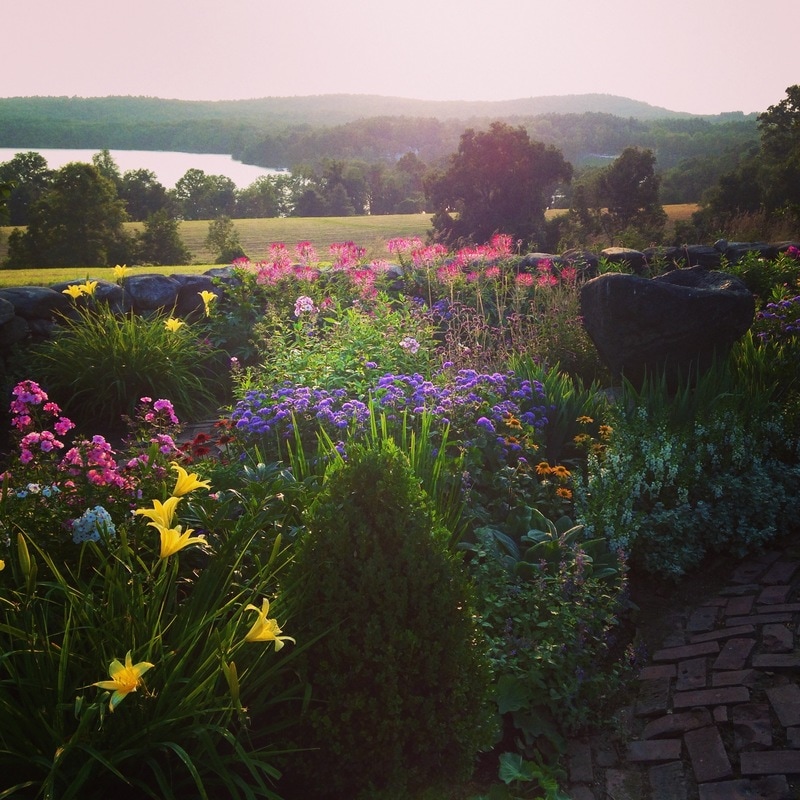|
Welcome to the Lake Quassapaug Association website. The mission of the lake association is to preserve the
lake’s high water quality and promote responsible enjoyment of the lake. 2024 GIVE LOCAL CAMPAIGN
Thank you for your generous donations in past years. For 2024 donations to Give Local for LQA’s suction harvesting and consultant expenses for monitor water clarity are greatly appreciated. Online donations for Give Local can be made from 7 AM on April 24 through 7 PM on April 25 at the Give Local website: www.givelocalccf.org. Donations to Give Local make LQA eligible for prizes and bonuses. Donations can also be made at any time during the year by sending a check to : Lake Quassapaug Association PO Box 285 Middlebury, CT 06762 HOW CAN WE HELP PRESERVE LAKE QUASSAPAUG?
REDUCE PHOSPHORUS AND NITROGEN FLOWING INTO THE LAKE Most of the threats to Lake Quassapaug including: milfoil, reduced water clarity and quality can be tied, at least in part, to the high levels of phosphorus and nitrogen in the lake. These nutrients lead directly to excessive plant growth as well as the rise of cyanobacteria. The problems are being exacerbated by the increase in annual temperatures. All residents in the lake’s watershed are urged to reduce these nutrients by:
ProcellaCOR FAQ
(Contains excerpts from Lake George Park Commission) What is ProcellaCOR? ProcellaCOR is a cutting-edge aquatic herbicide used for management of invasive aquatic vegetation in lakes, reser- voirs and ponds. It was formally approved by the U.S. Environmental Protection Agency in 2017, and then by New York State in 2019, and has been incredibly effective at controlling and even eliminating invasive Eurasian milfoil infestations, without impact to native plant and animal populations. Following application, there are no restrictions on potable water usage (drinking water) or on contact recreation such as swimming. How does ProcellaCOR work? ProcellaCOR is applied directly into the water at the depth of the invasive plants. It is a systemic herbicide, meaning that the plant takes through its entire structure and roots. The plant dies off over a period of two to four weeks and breaks down naturally. ProcellaCOR itself is short-lived, and also breaks down naturally and quickly. Why is ProcellaCOR being considered now? ProcellaCOR is being considered to address areas of the lake that hand harvesting has been unable to effectively manage. ProcellaCOR is not planned to replace hand harvesting, but rather to supplement it in areas with dense enough stands that physical removal is unfeasible. These efforts primarily consist of hand harvesting the plants, which consists of a diver pulling each individual plant out by the roots and removing it from the lake. While this method has overall been successful in many areas of the lake, not all areas respond well to these efforts and grow back over a short period of time. Eurasian milfoil that is rooted in rocky areas is particularly difficult to manage, as the roots cannot easily be removed. Hand harvesting milfoil is also very expensive on a large scale. What types of regulatory review has ProcellaCOR undergone? ProcellaCOR was developed in 2010 and was subject to dozens of peer-reviewed scientific studies for several years, leading up to its ultimate approval by the US Environmental Protection Agency in 2017. The active ingredient of Procel- laCOR, florpyrauxifen-benzyl, has been utilized worldwide for several years as an herbicide on food crops such as rice. What are the risks to human health? None. The USEPA registered ProcellaCOR as their lowest category of risk (‘reduced risk’) and identified no risks of concern to human health. Toxicology studies found no adverse acute or chronic effects. The EPA concluded that drinking water exposures to ProcellaCOR do not pose a human health risk and no federal maximum allowable drinking water con- centrations were created (i.e., no drinking water restrictions). The observed half-life of the product is 2.6 days in aquatic environments, and EPA and DEC both concluded there is no hazard or concern for metabolites and degradants . Will there be a detrimental impact on wildlife and non-target aquatic plants? No. ProcellaCOR is incredibly selective and has shown no im- pacts to aquatic animals (fish), and almost no impacts upon other aquatic plants (natives). The US EPA found no risk concerns for non-target wildlife, which was supplemented by university studies in Washington and North Carolina State. Has this product been used in other lakes? If so, what was the outcome? Yes. ProcellaCOR has been used in more than 200 lakes across the United States so far, including 50 in New Hamp- shire and 30 in New York State, with exceptional results and no impacts to public health or the environment. Is the herbicide treatment replacing the hand harvesting? That is not the intention. The ProcellaCOR trial application will be done in conjunction with the hand harvesting. Where and how will the herbicide be applied? The herbicide will be applied at the Northern end of the lake in a 10-acre area in Tyler’s Cove. ProcellaCOR will be injected below the water surface and not as a broadcast application. |
NEWS AND EVENTSLAKE QUASSAPAUG ASSOCIATION’S STORY OF MANAGING THE LAKE
Since the establishment of the Lake Quassapaug Association in 2012, LQA’s goal has been to ensure continuation of the lake’s high water quality and address issues affecting the 270-acre lake. In 2013, LQA hired the consulting firm Northeast Aquatic Research (NEAR) to provide information annually on the health of the lake and suggest plans for remediation as needed. The following excerpts from the NEAR annual reports provide an overview of what LQA has done to improve the lake and limit concerns. LQA volunteers collected most of the data for the reports. 2012: Lake Quassapaug received a high rating for water quality and limited plant invasives from the of CT Agricultural Experiment Station. 2014-15: A Significant increase in Eurasian and variable milfoils occurred in just two years. NEAR recommended, and the LQA Board approved, suction harvesting of three small areas of Eurasian milfoil near the dam and in Middle Cove. Additional acres of suction harvesting for both Eurasian and Variable milfoil were added in ensuing years. 2017-18: NEAR noted that Lake Quassapaug was one of the few lakes in CT that was controlling milfoil without chemicals. A boom was placed across the mouth of Big Cove to reduce milfoil fragments going into the main part of the lake. Water quality was still excellent and phosphorous levels were 10ppb. 2019: The overall percentage of the lake infested with variable milfoil was reduced from 39% of the 31 survey points in 2014 to 23% % in 2019, with none in the main part of the lake. Eurasian milfoil was found only in two small locations. Continued suction harvesting was recommended. However, water clarity was poorer, and levels of phosphorus and nitrogen increased. 2022: Our consultant expressed extreme concern regarding the very significant increase in Eurasian milfoil especially in the north and south portions of the lake. The consultant noted that once the Eurasian milfoil becomes more prevalent, it will be very difficult to control as it reproduces at an ever-increasing rate. Even though 21,028 gallons of milfoil were suction harvested in 2022 at a cost of $67,000, the suction harvesting could not contain or reduce the amount of Eurasian milfoil. The consultant warned that soon parts of the lake will not be swimmable nor will boats and kayaks be able to pass through the milfoil. Given these concerns our consultant has recommended that LQA consider using the herbicide ProcellaCOR in Tyler's Cove to significantly reduce the milfoil – especially the Eurasian milfoil. This will be a trial to determine its effectiveness and identify any ramifications. Suction harvesting of the milfoil will continue in 2023 throughout selected areas. OVER A DECADE OF LAKE HEALTH AT QUASSAPAUG
Northeast Aquatic Research (NEAR) has been working with the LQA since 2013 and has furnished the data we rely on. The last lake analysis in 2022 shows significant worsening of lake health. With the prospect of increasing invasive plant growth and declining water clarity, the LQA faces difficult choices. We are at a crossroads for developing solutions for ever worsening conditions. Diver assisted suction harvesting of invasive plants is labor intensive and very expensive. Pro- posed harvesting for 2023 involves one boat for 6-8 weeks at a cost of $55,000-$64,000. Despite being a successful technique for certain aquatic plant species, we are fighting a losing battle against invasive Eurasian Milfoil and do not have the funds to sustain an ever-greater need for weed management. We are a private lake that receives no outside state or federal subsidies. Hence, a hybrid program, recommended by our consultants, that continues suction harvesting as well as initiating use of ProcellaCor www.sepro.com/aquatics/procellacor- product , a selective, next generation herbicide that specifically targets invasive Variable leaf as well as Eurasian milfoil. The Pond and Lake Connection, a licensed aquatic herbicide applicator and the LQA selected contractor has submitted a permit application to the CT DEEP, with the intent of a highly controlled and high localized application of ProcellaCor over 10 acres of the most densely populated area at the far end of Tyler’s Cove. Delivery is performed by direct, below-water product release at a specified depth precisely over targeted plant. The trial is limited to a small area and is not a whole-lake application. Use of the lake water for swimming and drinking is permissible quickly due to the short half- life of the product. Assessment of this trial application would be evaluated before any further actions would be contemplated. ProcellaCor has been used successfully in other Connecticut lakes including, but not limited to, Twin Lakes, Rogers Lake, and Bashan Lake. The product has been approved by the CT DEEP and has been used in public reservoirs. The Lake George Park Commission concluded the following: “in 2017, The Environmental Protection Agency approved a next-generation aquatic herbicide called ProcellaCor EC, that selectively targets milfoil and is applied at staggeringly low dosage rates (5-7 parts per billion). This new aquatic herbicide has no drinking water impacts, no contact recreation impacts, and has no impacts upon fish or other aquatic life. The NYS Department of Environmental Conservation approved this aquatic herbicide in 2019, and it has been ap- plied in 30 lakes in New York State to date and more than 100 throughout the Northeast, all with tremendous success and no negative impacts identified.” https://lgpc.ny.gov/procella- cor-pilot-treatment We need your support. The mission of the LQA is to shepherd the lake to a healthy future. Our ongoing efforts to protect and maintain the health of Lake Quassapaug are helped by an informed and educated group of concerned citizens. 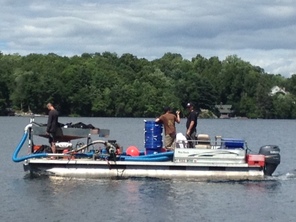
|


